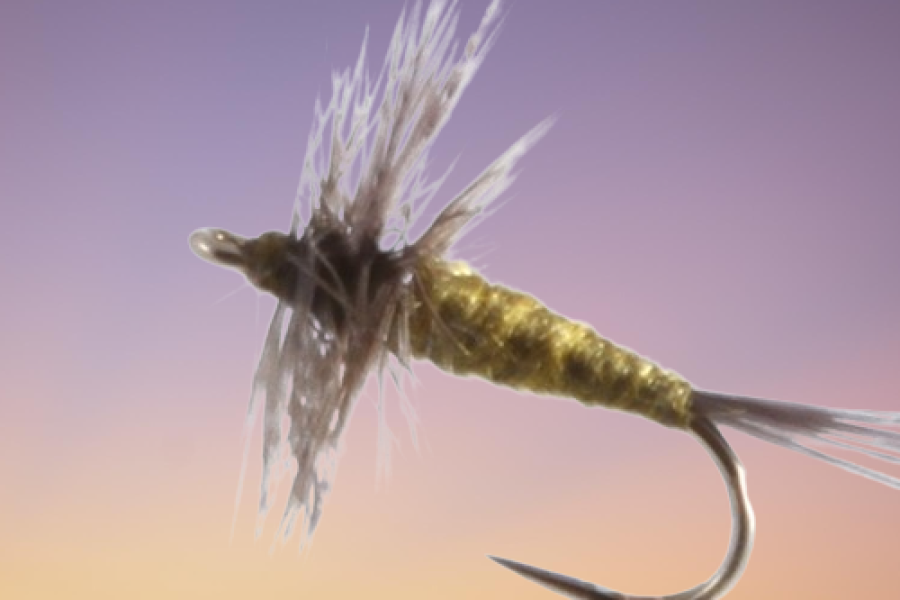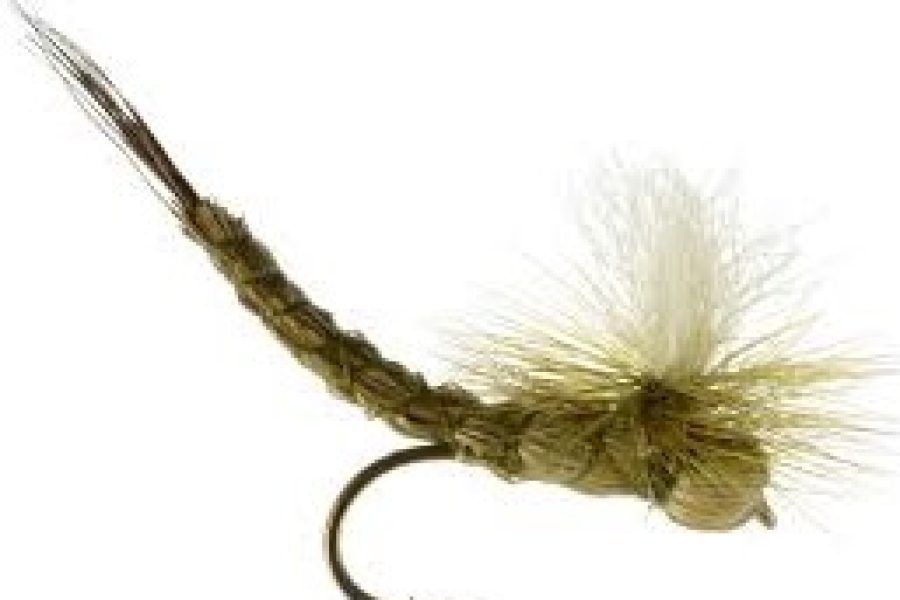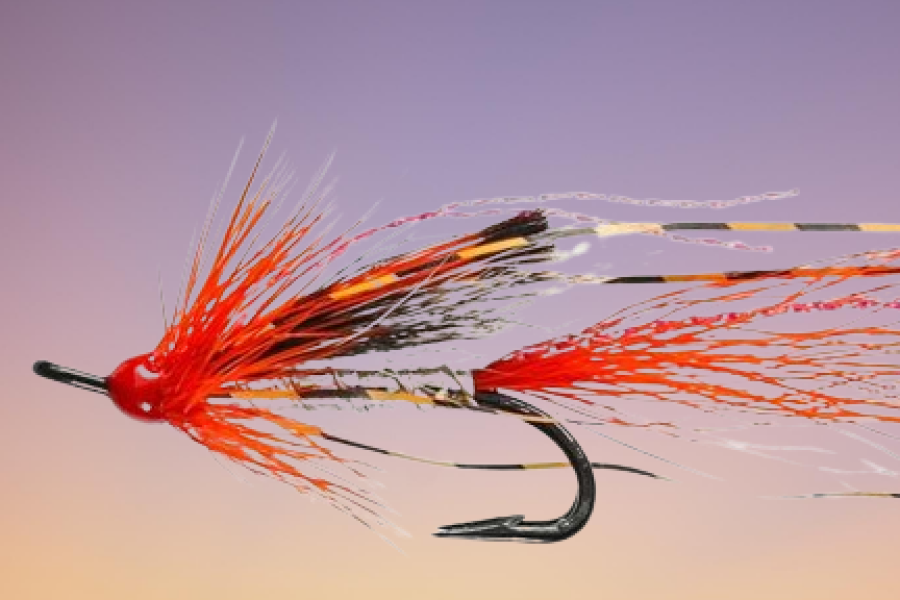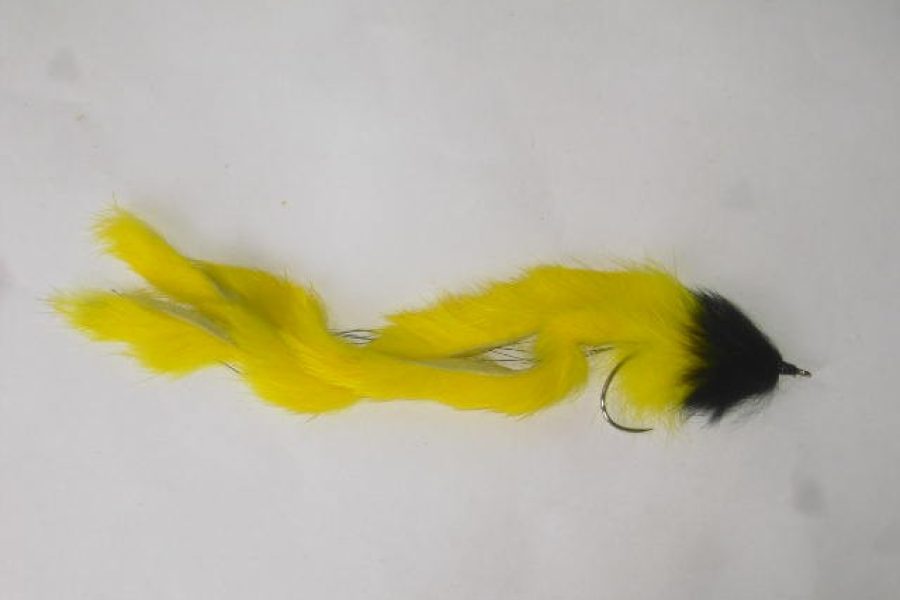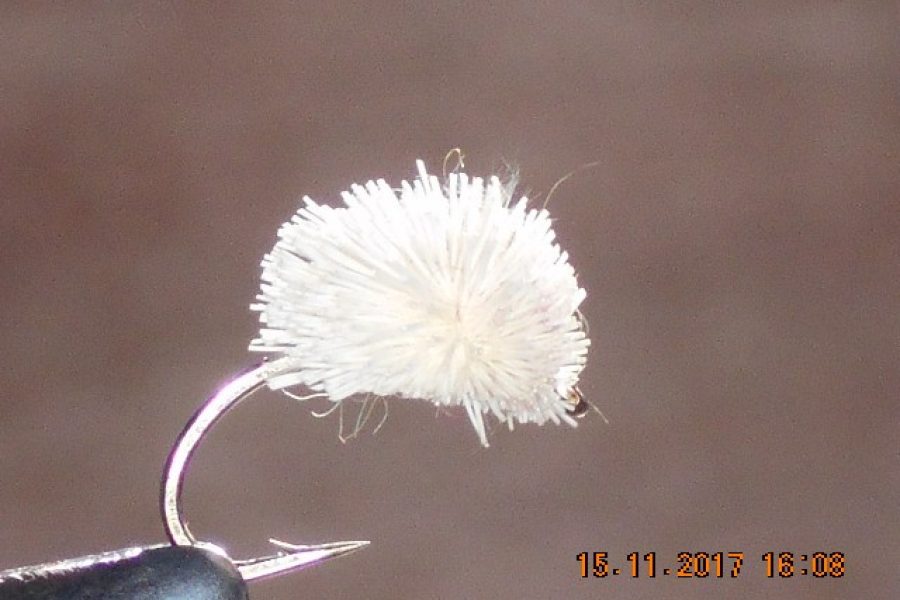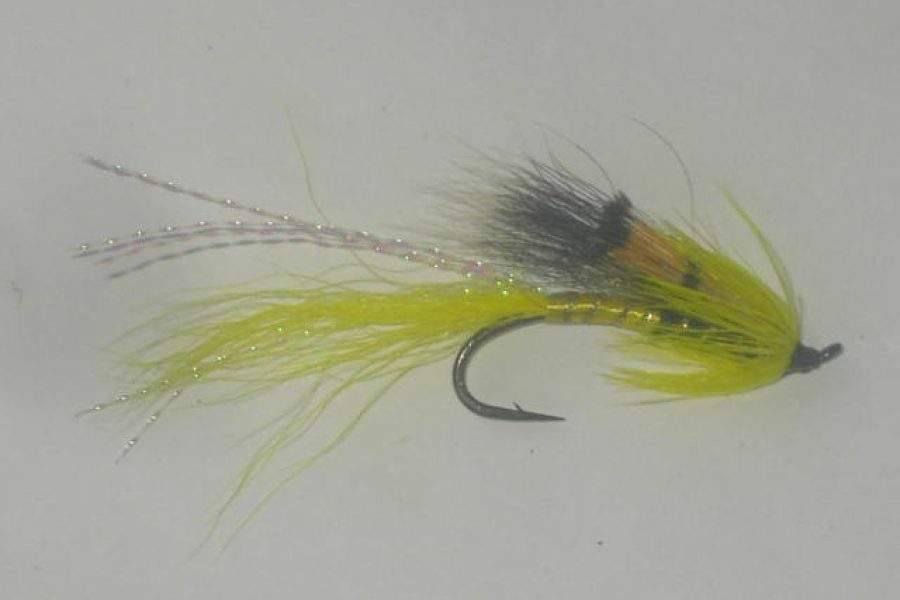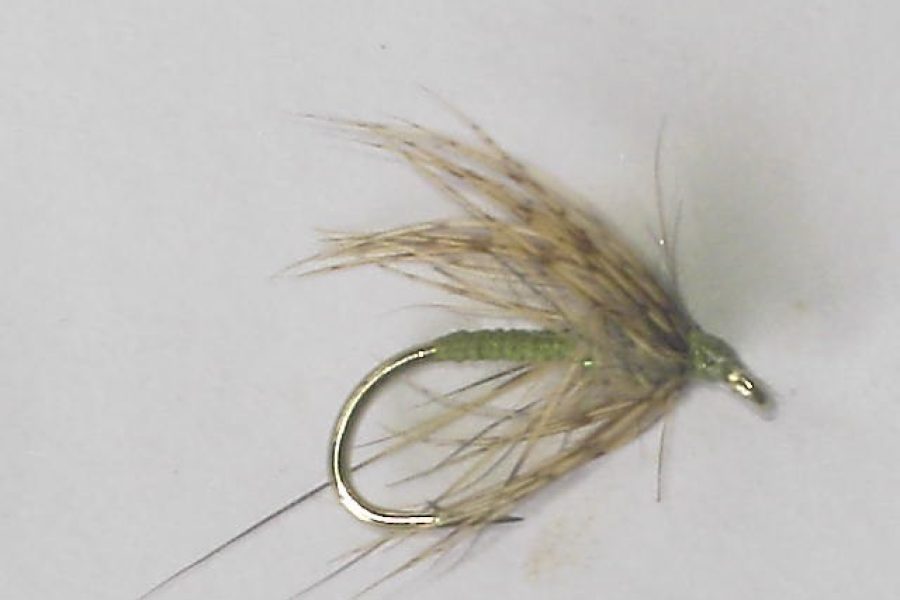Description
Product Overview and Heritage The Cuba 9 represents a masterful blend of traditional fly tying artistry and modern innovation. This versatile pattern has established itself as a reliable choice for discerning anglers targeting selective trout across various water conditions. Its development reflects a deep understanding of trout feeding behavior and the importance of natural presentation in challenging fishing situations.
Design Philosophy and Material Innovation The pattern’s effectiveness stems from its carefully selected components:
- Premium-grade hook
- Specialized dubbing blend
- Quality hackle materials
- Precise proportions
- Durable construction
- Enhanced visibility features
Each element contributes to the pattern’s distinctive profile and durability while maintaining a natural presentation that trout find irresistible.
Technical Specifications
Hook Characteristics:
- Standard dry fly hook
- Available sizes: 14-20
- Fine wire strength
- Straight-eye design
- Chemically sharpened points
- Traditional bend profile
Material Properties:
- Selected natural materials
- Synthetic blends
- Reinforced construction
- Color-fast dyes
- Water-resistant treatments
- Enhanced durability
Construction and Tying Process The pattern’s success relies on precise construction methods:
- Balanced proportions
- Symmetrical design
- Graduated body tapering
- Reinforced thread base
- Strategic material placement
- Enhanced durability features
Fishing Applications and Techniques
Presentation Methods:
- Dead-drift approaches
- Subtle twitches
- Surface film techniques
- Multiple depths
- Various retrieval speeds
Specialized Applications:
- Spring creek fishing
- Tailwater techniques
- Mountain streams
- Large rivers
- Technical waters
Seasonal Effectiveness
Spring Performance:
- Early season hatches
- Post-runoff periods
- Rising water temperatures
- Morning feeding windows
- Evening activity periods
Summer Applications:
- Dawn patrol
- Evening hatches
- Terrestrial season
- Multiple presentations
- High-altitude effectiveness
Fall Tactics:
- Late season hatches
- Pre-winter feeding
- Changed light conditions
- Transitional periods
- Mixed insect activity
Winter Strategy:
- Midday opportunities
- Tailwater fishing
- Midge hatches
- Slow presentations
- Temperature-dependent activity
Habitat and Water Types
River and Stream Applications:
- Spring creeks
- Freestone rivers
- Tailwaters
- Mountain streams
- Technical waters
Specialized Environments:
- Crystal clear waters
- Moderate currents
- Shallow riffles
- Deep pools
- Complex currents
Target Species and Behavior
Primary Target Species:
- Brown Trout
- Rainbow Trout
- Brook Trout
- Cutthroat Trout
- Grayling
- Mountain Whitefish
Feeding Behaviors:
- Surface feeding
- Film feeding
- Selective feeding
- Pattern recognition
- Opportunistic takes
Rigging Recommendations
Leader Setup:
- 9-12 foot leaders
- 5X-6X tippet
- Tapered leaders
- Fluorocarbon options
- Specialized connections
Presentation Options:
- Single fly rigs
- Dropper setups
- Multiple fly systems
- Traditional methods
- Modern techniques
Competition Applications
Tournament Success:
- Technical water proven
- Consistent performance
- Regulation compliance
- Quick-change capability
- Pressure-tested results
Professional Usage:
- Guide favorite
- Client-friendly pattern
- Proven success rates
- Teaching applications
- Versatile presentations
Care and Maintenance
Post-Fishing Care:
- Gentle drying
- Material grooming
- Hook point inspection
- Pattern maintenance
- Storage preparation
Storage Requirements:
- Dry environment
- UV protection
- Separate compartments
- Regular inspection
- Moisture prevention
Advanced Fishing Methods
Presentation Techniques:
- Reach casts
- Pile casts
- Aerial mends
- Stack mends
- Curve casts
Drift Management:
- Line control
- Leader design
- Casting angle
- Mending techniques
- Drag prevention
Environmental Considerations
Conservation Features:
- Barbless options
- Sustainable materials
- Durable construction
- Catch-and-release friendly
- Minimal environmental impact
Material Selection:
- Responsible sourcing
- Quality components
- Recyclable elements
- Ethical production
- Sustainable practices
Water Clarity Adaptations
Clear Water:
- Size selection
- Color variation
- Precise presentation
- Leader length
- Stealth approach
Off-Color Water:
- Pattern visibility
- Size adjustment
- Modified techniques
- Enhanced movement
- Increased visibility
Scientific Design Elements
Hydrodynamics:
- Surface tension
- Float characteristics
- Current interaction
- Pattern stability
- Movement patterns
Visual Aspects:
- Light reflection
- Pattern silhouette
- Color contrast
- Profile analysis
- Visibility factors
Entomological Considerations
Natural Imitations:
- Multiple insects
- Life cycle stages
- Seasonal variations
- Size matching
- Color matching
Behavioral Mimicry:
- Natural movement
- Life-like action
- Realistic drift
- Proper size
- Correct color
Advanced Weather Adaptations
Barometric Pressure Response:
- Pre-storm tactics
- Post-front strategies
- Pressure change adjustments
- Weather pattern recognition
- Modified presentations
Light Condition Tactics:
- Bright sun techniques
- Overcast adaptations
- Low-light presentations
- Shadow considerations
- Time-of-day modifications
Specialized Fishing Scenarios
High-Pressure Waters:
- Heavily fished areas
- Public access points
- Popular pools
- Guide-frequented sections
- Competition waters
Technical Challenge Solutions:
- Ultra-clear conditions
- Super-selective fish
- Difficult currents
- Complex hatches
- Spooky trout
Extended Pattern Durability
Material Enhancement:
- UV resin applications
- Thread reinforcement
- Material selection
- Construction techniques
- Longevity considerations
Storage Optimization:
- Temperature control
- Humidity management
- Light exposure
- Box organization
- Transport protection
Pattern Variations
Size Options:
- Standard sizes
- Situation-specific
- Water-type adapted
- Season-specific
- Species-targeted
Color Variations:
- Natural tones
- Enhanced visibility
- Light conditions
- Water clarity
- Seasonal matches
Additional information
| Hook type | Barbed Hooks, Barbless Hooks |
|---|---|
| Hook size | 10, 12, 14, 16, 18, 20, 6, 8 |



